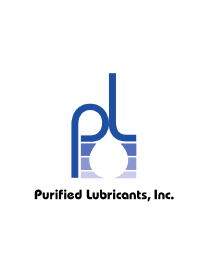There is a lot to be said for reactive maintenance. “If it ain’t broke, don’t fix it!” is a common refrain across the country. In many of our hydraulic classes, the students tell us that their supervisors will not give them the time for many of the preventive maintenance techniques we teach.





